Bleaching hair can be damaging, as it involves aggressive processes that attack pigments and destroy the hair’s protective hydrolipidic film. This often leads to thinning and increased fragility. How to take care of your bleached hair?
However, while the bleaching is irreversible, it’s possible to improve the condition of your hair with the right care and habits. By taking good care of your bleached hair, you can help it regain its strength and shine.
Table of Contents
1. Establish a routine
To create a customized, long-term routine for damaged, dry, and brittle hair, there are several steps to follow in order to repair it after bleaching.
Firstly, opt for a sulfate-free shampoo to avoid further stripping of the hair. Additionally, choose a nutritive shampoo packed with vegetable oils to invigorate the hair fiber. This will help to maintain the hair’s natural oils and moisture.
Next, apply a conditioner rich in active repairing agents to provide further nourishment and repair to the hair. This will help to strengthen the hair and reduce breakage.
Once a week, treat your hair to a deep conditioning mask to provide extra nourishment and repair. It’s essential to carefully choose a mask that’s ultra-rich in fatty acids and vitamins to ensure it effectively restores your hair’s health.
If you feel like your hair needs extra attention on a daily basis, using a leave-in treatment can provide a serious boost of suppleness and shine. While less rich than a mask, it’s a great option to maintain your hair’s health.
With dozens of shampoos and hair care products available, it’s important to find the ones that best suit your hair. However, if you’ve undergone multiple bleaches or if your hair is burnt from bleaching, it’s recommended to choose specific ranges of products.
Brands such as Olaplex, Kérastase, and Lazartigue have developed targeted care products to address discoloration. Their repairing formulas work to strengthen the hair fiber, while also containing blue and violet pigments that neutralize yellow highlights.
2. Do oil baths
For those with dry hair or afros, the oil bath is an infallible secret to boost hair health. It’s also a great post-bleaching treatment that optimizes both the nutrition and hydration of the hair fiber.
To get started, choose a vegetable oil that’s preferably organic and rich in essential fatty acids such as castor oil, coconut oil, or olive oil. Apply two or three spoonfuls of the oil to your hair, depending on its length, and wrap it in a turban for at least an hour, or longer if possible.
After the break, simply shampoo your hair with a mild soap to remove any excess oil and avoid the risk of a sticky effect. The oil bath is an economical, effective, and natural care method that offers numerous benefits for your hair.
By adding an oil bath to your hair care routine, you can provide your hair with the nourishment and hydration it needs to stay healthy and strong. With consistent use, your hair can become softer, shinier, and more manageable.
3. Indulge in an intense treatment
When hair is severely damaged after bleaching, a treatment like hair botox (on Amazon) may be needed to restore its health. This treatment contains keratin and hyaluronic acid, which work to rejuvenate the damaged hair fiber.
The results of this treatment are deeply nourished and restructured hair fiber that lasts. You can expect to see shiny, soft, supple hair with more body and strength and less frizz.
While the treatment may come at a higher price point, around a hundred euros depending on the salon, it’s an excellent option for those looking to take care of their hair after bleaching. The investment in your hair’s health and beauty can pay off with long-lasting results that leave you feeling confident and beautiful.
4. Limit the aggression
After bleaching, the watchword is to absolutely avoid any chemical treatment such as coloring, perming, straightening, etc. We postpone these operations that the hair could not support immediately.
We also avoid, more broadly, anything that is likely to attack the hair and in particular all heating tools such as curling or straightening irons but also hair dryers.
Heat dries out the hair and, after bleaching, it really doesn’t need that, either! If you really can’t live without it, you should of course apply a heat protection spray beforehand.
5. Taking advantage of the benefits of Aloe Vera
If your hair is in need of rehab after bleaching, turning to natural ingredients and homemade treatments can be a great solution. Aloe vera (on Amazon) is one such ingredient that can help moisturize and strengthen bleached hair.
Rich in essential nutrients, aloe vera has moisturizing properties that can help seal in moisture and strengthen the hair fiber. To use aloe vera as a treatment, apply the gel as a mask on wet hair, being careful not to leave it on for too long as it can dry out and become difficult to remove.
You can also use aloe vera as a repairing treatment or as a leave-in treatment on dry hair. By incorporating this natural ingredient into your hair care routine, you can help restore your hair’s health and beauty without relying on harsh chemicals or expensive treatments.
You may like also: What Are The Best 5 Nutrients For Healthy Hair?
Related Q&A
Q: How often should I wash my bleached hair?
A: It’s best to limit washing your bleached hair to no more than every other day to avoid stripping the natural oils from your scalp.
Q: What type of shampoo and conditioner should I use on my bleached hair?
A: Look for sulfate-free shampoos and conditioners designed specifically for color-treated hair. These will be gentle on your strands and help prevent color fading.
Q: How can I protect my bleached hair from heat damage?
A: Use a heat protectant spray or serum before using hot tools like blow dryers, straighteners, and curling irons. Also, avoid using these tools in the highest heat setting.
Q: What are some natural remedies to keep bleached hair healthy?
A: You can use coconut oil, argan oil, or avocado oil as a deep conditioning treatment for your hair. Apply it to your hair, leave it on for a few hours, then rinse it out.
Q: How can I prevent my bleached hair from becoming too dry?
A: Use a leave-in conditioner or hair mask once a week to help moisturize and nourish your hair. Also, avoid using hot water when washing your hair as it can strip away natural oils.
Q: Can I still use hair products on my bleached hair?
A: Yes, but make sure to choose products that are designed for color-treated hair and avoid products that contain alcohol or harsh chemicals that can damage your strands.
Q: How often should I trim my bleached hair?
A: Regular trims every six to eight weeks will help prevent split ends and breakage, keeping your hair looking healthy and beautiful.
Q: Are there any hairstyles that are better for bleached hair?
A: Avoid tight hairstyles that can pull on your hair and cause damage. Instead, try loose, natural styles like beachy waves or a messy bun.

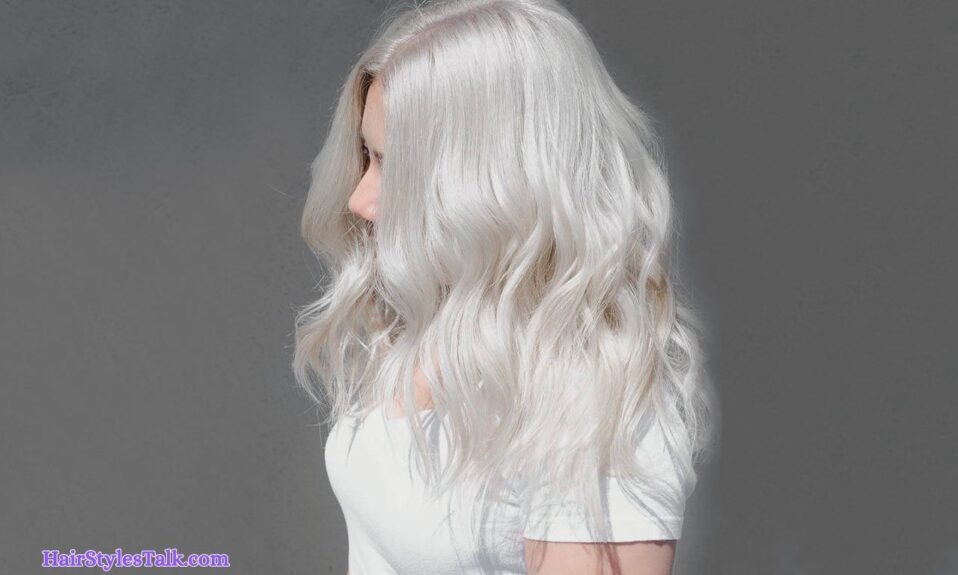
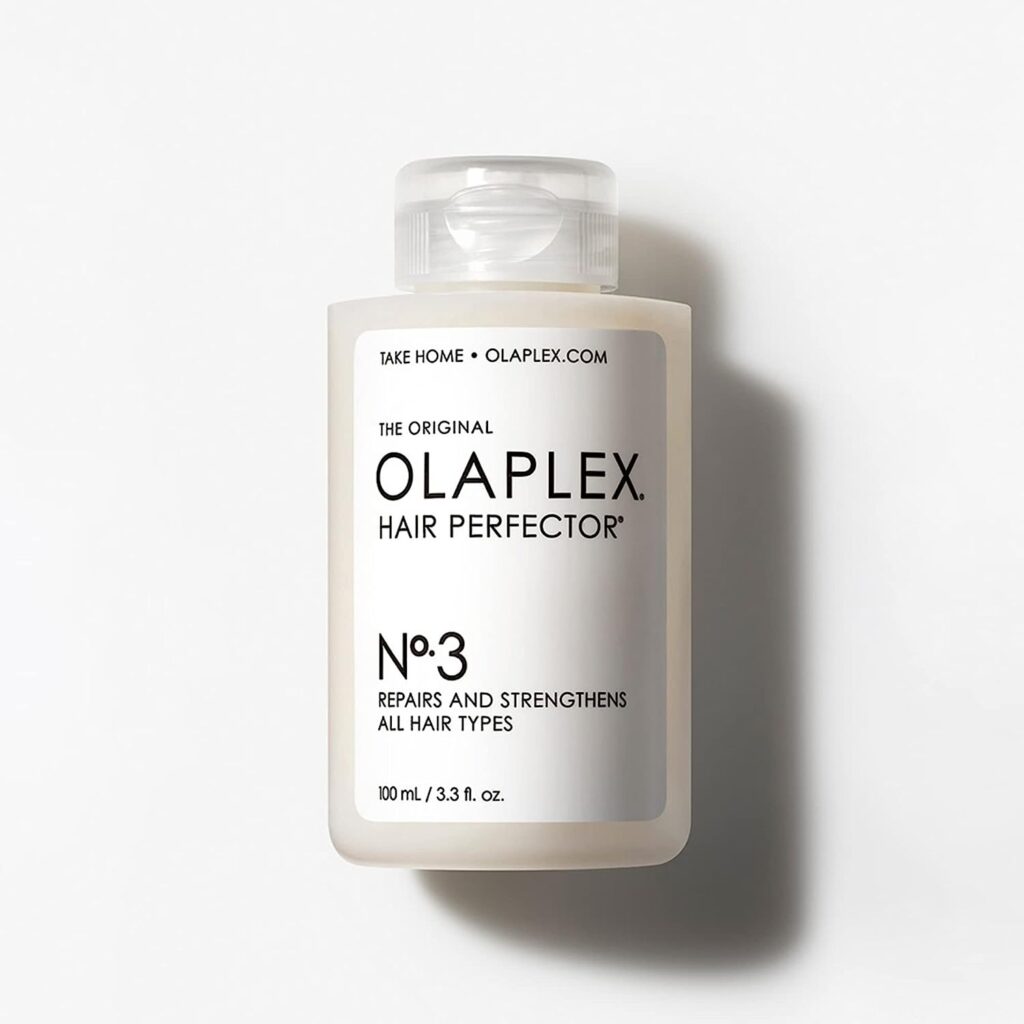
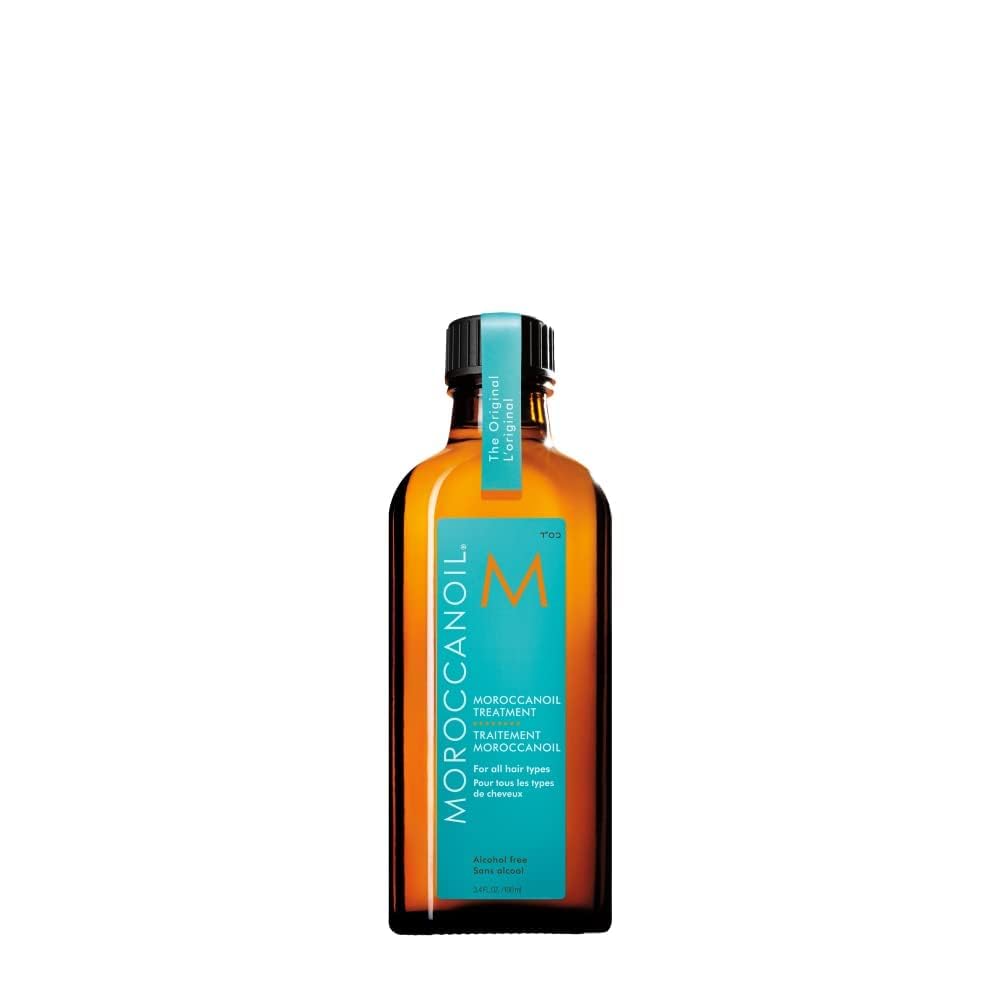


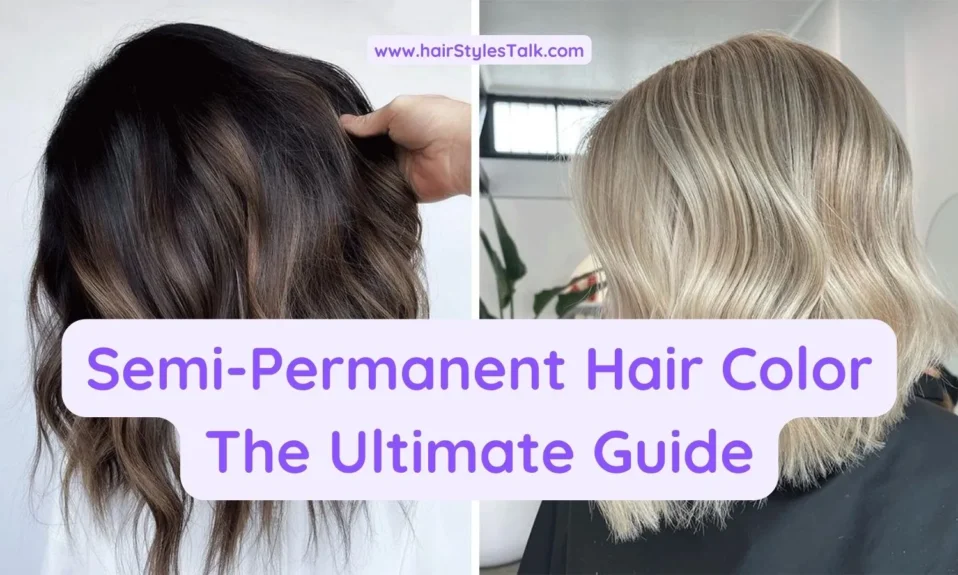
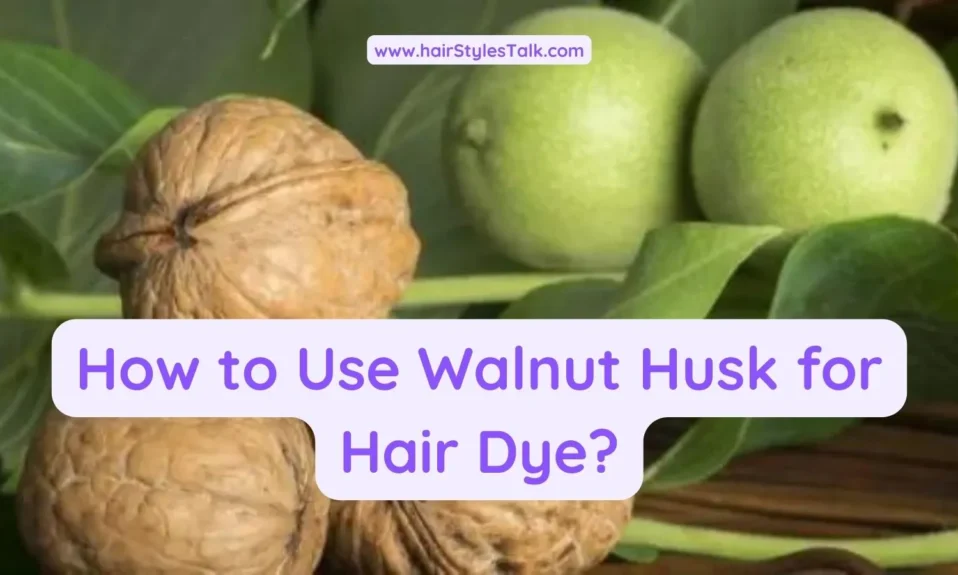
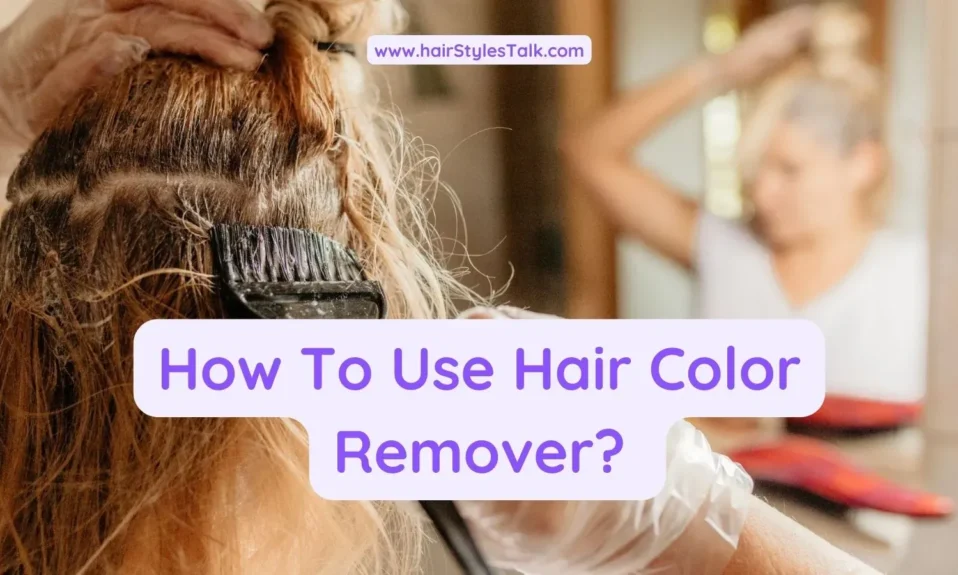

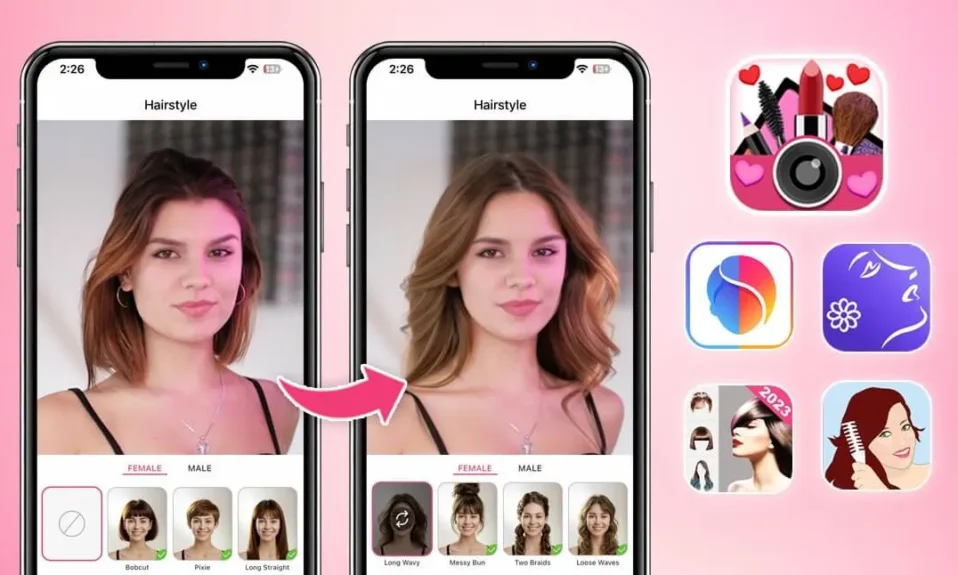
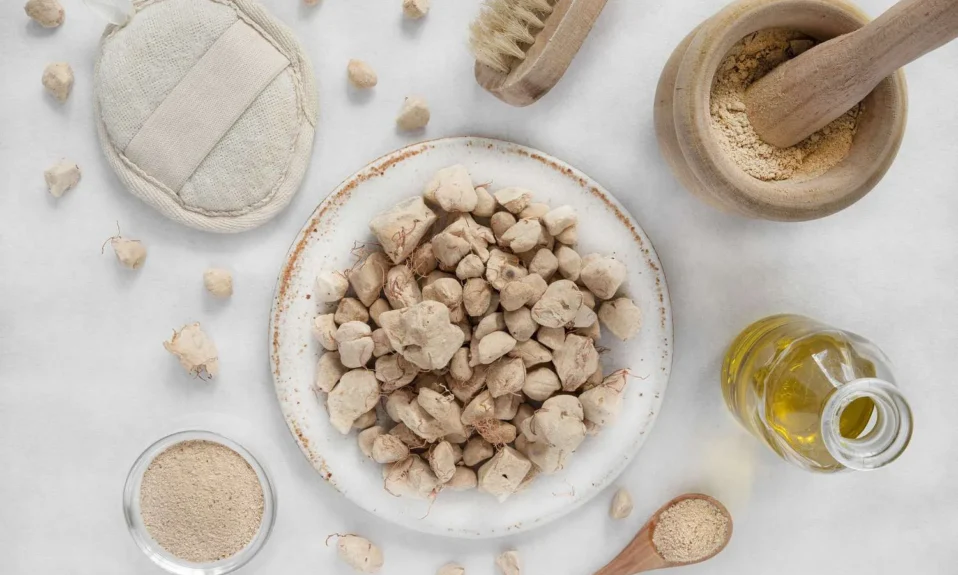
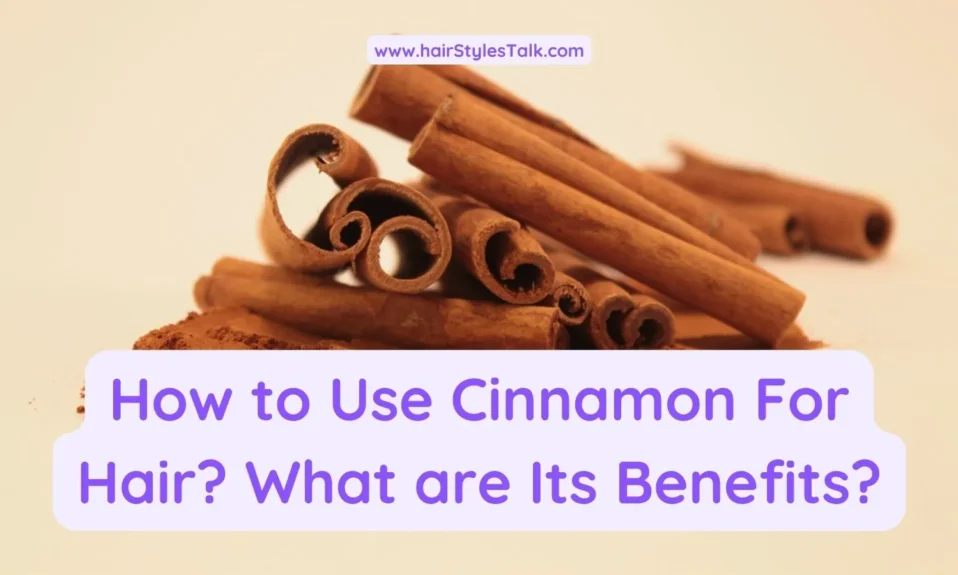
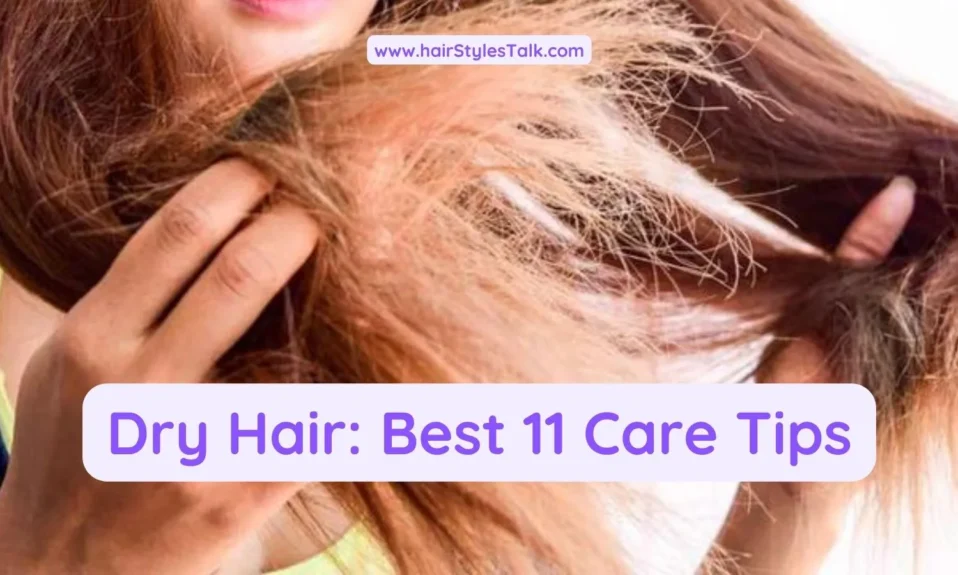

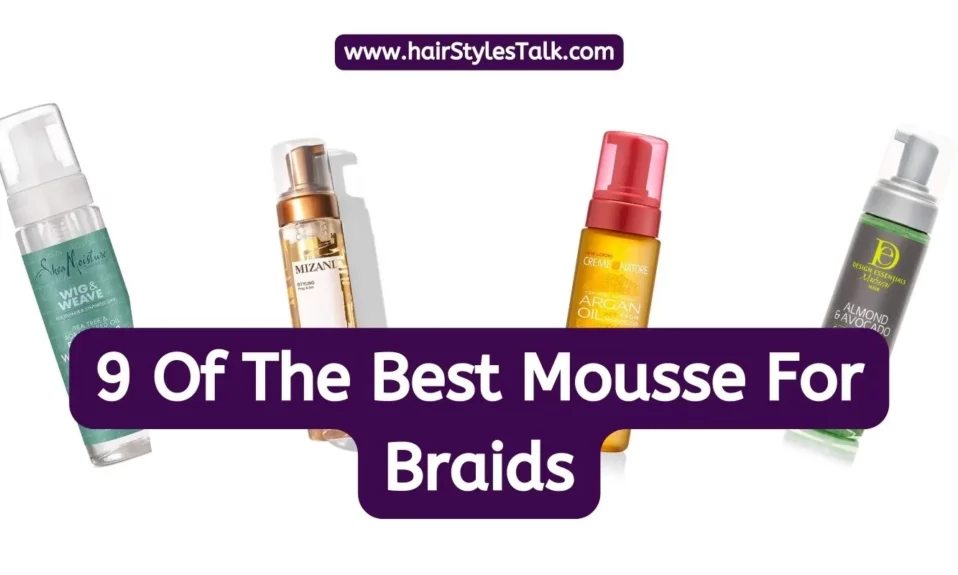
1 Comment